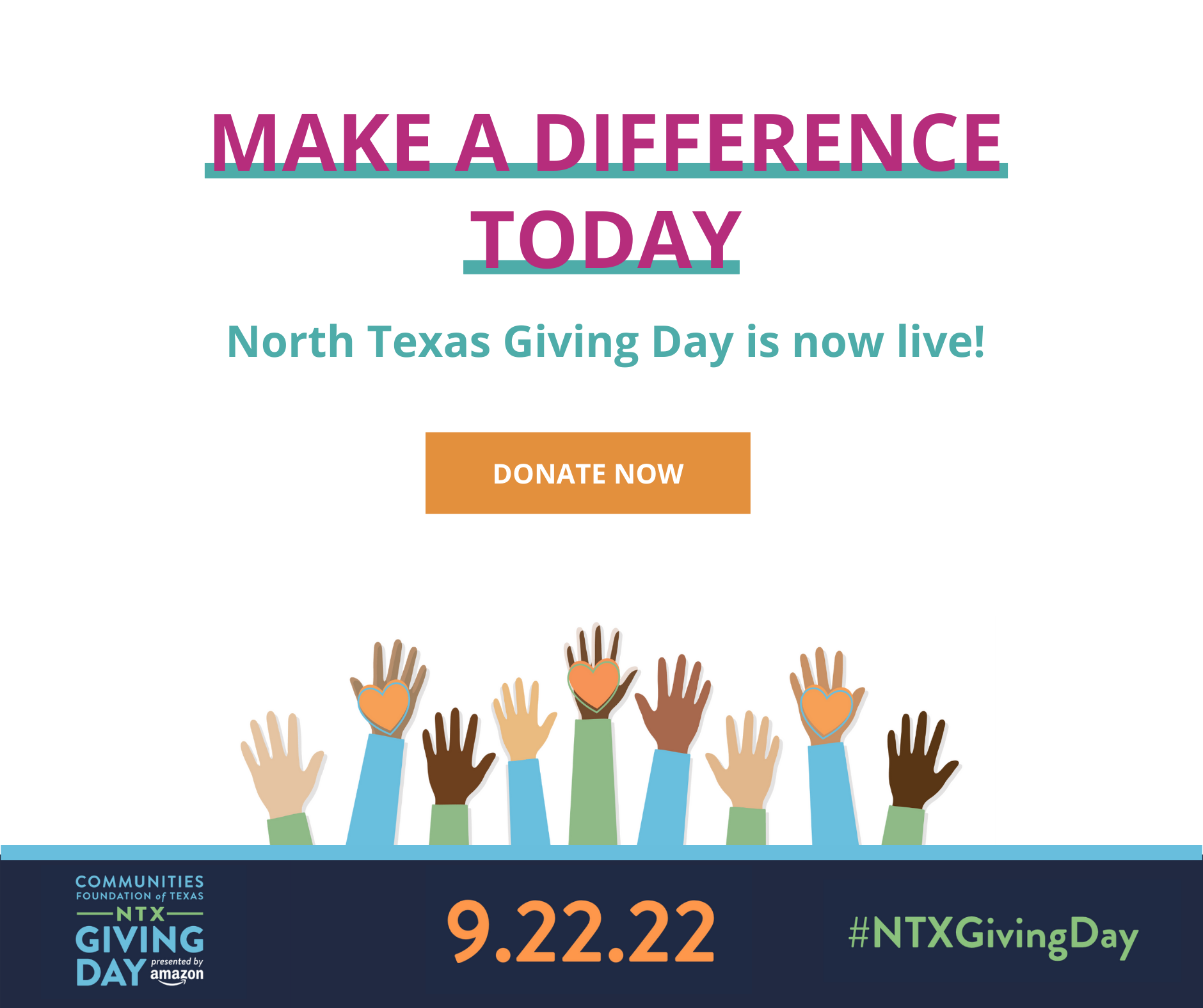Where Science Meets Policy
Child Protection Policy – New and Noteworthy
“Many students will return to school having experienced increased adversity and trauma related to COVID-19, including increased risk of child maltreatment, domestic violence, food insecurity, and homelessness. With timely investments in evaluation, we can leverage this experience to determine the best ways to equip teachers and other non-clinical staff to support students experiencing trauma.”

TexProtects’ Takeaway: 60% of schools were not offering mental health treatment services before COVID-19. House Bill 18, a bill championed by TexProtects last session, will help ensure that school staff have training to understand the effects of trauma as well as strategies and supports to help struggling students be healthy and continue learning.
Nationwide Survey: Child Care in the time of Coronavirus (Bipartisan Policy Center)
A new survey conducted by Bipartisan Policy Center and Morning Consult explores child care needs amidst COVID-19 in terms of balancing work and the need for care; parents’ caregiving activities and approaches; the search for and return to care as states reopen; provider closures; and child care as an essential service.

TexProtects’ Takeaway: While work situations have changed for 86% of surveyed families, the need for child care has not. Just 22% of essential workers have been able to maintain their previous child care placement since COVID-19, 60% of programs are closed, and 21% of those still doing in-person work have reduced their hours to care for children. In order for families with young children to get back to work, Texas must invest in a child care infrastructure that increases access and affordability.
Child Protection Research – New and Noteworthy
Evaluating an Enhanced Home Visiting Program to Prevent Rapid Repeat Pregnancy Among Adolescent Parents (Family & Youth Services Bureau, OPRE, and Mathematica)
“A small but growing body of evidence suggests a combination of individualized support services and improved access to effective contraception can promote healthy birth spacing among adolescent mothers. To build on this promising research, the Administration for Children and Families partnered with Mathematica to conduct an evaluation of Steps to Success.” Steps to Success is a home visiting program in San Antonio, Texas.

TexProtects’ Takeaway: Innovations in the field of home visiting allow programs to better ensure that the program is tailored to the needs of unique communities and clients for maximum impact. In this example, program elements and intensity were adjusted to increase a specific outcome. Stay tuned for our upcoming report on Innovations and Future Directions in Home Visiting for more on precision home visiting approaches.
Researchers Find Association between Participation in Extended Foster Care and Reduced Risk of Homelessness (Chapin Hall at University of Chicago)
Extended care — allowing foster youth to stay in care beyond 18 years old — is intended to improve foster youth’s outcomes as adults. Because foster youth face disproportionate rates of homelessness as compared to other youth, providing them with stable housing while in extended care is crucial. This memo highlights a study to better understand “youth’s homeless experience and predictors of homelessness after the implementation of extended care” so that we may support policymakers and practitioners in securing appropriate housing for older foster youth and keep them from homelessness.

TexProtects’ Takeaway: The number of foster youth who face homelessness during their transition to adulthood is unacceptable. However, staying in care past age 18 decreases the odds of experiencing homelessness, as does increasing protective factors such as strengthened relationships and tangible community supports. In policy and practice, we must do more to ensure that foster youth have access to housing and programs that can better ensure their safety and successful transition to independence.
Exploring New Research on Pre-K Outcomes (Education Commission of the States)
“This Policy Brief analyzes 15 research studies on the effectiveness of pre-K outcomes in programs across the country and finds evidence of sustaining effects beyond kindergarten.”

TexProtects’ Takeaway – Pre-K return on investment is between $2 and $13 (depending on quality) with short- and long-term effects on not only academics but social emotional skills. This reduces grade level retention and increases on-time graduation rates. Investing in children early in their lives makes dollars and sense.
Being Healthy and Ready to Learn is Linked with Socioeconomic Conditions for Preschoolers
“Families’ social, demographic, and economic circumstances can have direct and indirect effects on children’s development.… The question addressed in this brief is whether children ages 3 to 5 from families of different backgrounds differ with respect to their health and readiness to learn.”

TexProtects’ Takeaway – A child’s environment and access to resources affect their development and ability to be school ready. To support our youngest Texans, we must support their families.
Being Healthy and Ready to Learn is Linked with Preschoolers’ Experiences
“A preschool child who is healthy and ready to learn demonstrates the ability to regulate their behavior and emotions, key social and emotional competencies, motor skills, health, and early learning skills…. The analyses in this brief examine the associations between a young child’s experiences and the extent to which parents report that the child is healthy and ready to learn.”

TexProtects’ Takeaway: Experiences in the early years shape biology, behavior, and health across the lifespan. Preventing adverse childhood experiences while increasing positive parenting behaviors like reading and singing together, limiting screen time, and ensuring adequate sleep would increase the number of children who are healthy and school ready.
Child Protection in Practice – New and Noteworthy
How to Help Families and Staff Build Resilience During the COVID-19 Outbreak (Center on the Developing Child at Harvard University)
This guide uses the science of child development to suggest three ways in which we can build up and strengthen resilience to improve current conditions and plan ahead for future times of crisis.

TexProtects’ Takeaway – Resilience is not something we are born with – it is something that is built over time and in relationship with a healthy community. With the increasing stress on many families right now, it is more important than ever that we “tip the scales” by offsetting those negative experiences with safe communities, supportive relationships, and access to care when needed. If that balance is not maintained, chronic stress can have negative impacts on child development, safety, and health.
New tools released by Chapin Hall help health care providers address social needs (Chapin Hall at University of Chicago)
“Health care providers are increasingly serving families whose economic and social needs are escalating due to COVID-19. Today, Chapin Hall is releasing two Practice Bulletins with evidence-based tips on how health care providers can sensitively and effectively engage families about their social needs and referrals to ensure that they get the services they need.”

TexProtects’ Takeaway – Pediatric primary care is one of the strongest access points for families with young children. The opportunities of a doctor’s visit extend beyond vaccinations and check-ups. When physicians are able to engage with their patients about their social needs and refer to community providers if appropriate, that visit can decrease childhood adversity and better impact long-term health outcomes for families and their children.



